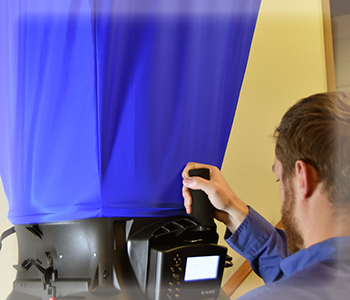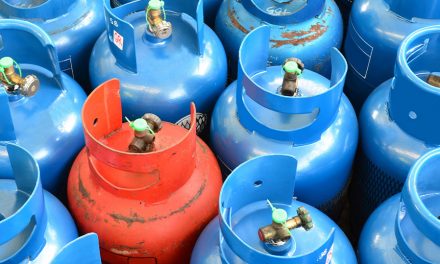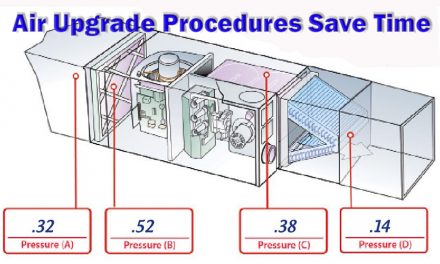In my earliest days in this industry, I never imagined the profound impact performance testing would have on my career and business. Over the years, I became a National Comfort Institute (NCI) member.
The result of membership and attending training was discovering that thorough testing and accurate measurements are not just technical procedures but essential tools for building trust and closing more sales.
The Birth of a New Approach
However, my early success as an HVAC business owner changed dramatically with a divorce and then bankruptcy. This unfortunate turn of events led to a brief hiatus from the HVAC contracting industry.

Worley Home Services, Yorktown, VA
Upon my return, I was more determined than ever to differentiate my company through High-Performance HVAC™ practices.
High-performance work really sets my company apart. Imagine five contractors entering a home; we are the only ones equipped with instruments that provide real-time data. We use airflow hoods, static pressure tools, and other advanced equipment that broadcast information directly to our cell phones.
Customers immediately notice this level of detail and expertise, often remarking that no other contractor has ever tested their ducts or measured airflow.
The Power of the Flow Hood

One of the most impactful tools in my arsenal is the airflow hood. Its presence alone sparks curiosity and opens up new conversations with customers. They have often told me that other contractors claimed their ductwork was fine without any testing.
That’s when I pull out the flow hood and ask if those contractors have ever used one. Almost always, the answer is no. Using the flow hood allows me to demonstrate the importance of proper testing.
I recall when our leads were dwindling, and I juggled roles as the general manager and the full-time salesperson. I started taking a flow hood on every job to maximize my effectiveness. Despite initial resistance from some customers, I persisted. I would explain the basics: a three-ton unit should operate at around 400 CFM per ton, so it should be at 1200 CFM. We would measure the returns together, and often, we would find significant discrepancies.
For example, if we measured 800 CFM instead of 1200, I would break it down for the customer: “That’s a 33% air loss. Your system is being choked.”
This simple math made the issue tangible and understandable, helping customers realize the necessity of addressing their ductwork.
Click Below for then Next Page:













Recent Comments